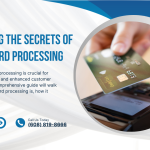Card Processing Security Tips for Businesses in the Digital Age
The digital age has revolutionized the way businesses operate, with card processing becoming a cornerstone of modern commerce. As convenient as it is, it also brings unique challenges and risks. Businesses must adopt stringent security measures to protect sensitive customer information and maintain trust. This article explores essential card processing security tips tailored for businesses striving to thrive securely in the digital landscape.
The Importance of Card Processing Security
Card processing security is crucial for protecting customer data, preventing fraud, and ensuring compliance with industry regulations. Failing to secure card processing systems can lead to financial losses, reputational damage, and legal complications. Therefore, businesses must prioritize security to safeguard both their operations and their customers.
Why Businesses Need to Prioritize Security
With increasing reliance on digital transactions, the threat landscape has expanded significantly. Hackers are becoming more sophisticated, leveraging advanced tools to exploit vulnerabilities. A single breach can compromise thousands of customer records, resulting in severe financial and reputational harm. By prioritizing card processing security, businesses can ensure their long-term viability and customer trust.
Common Security Threats in Card Processing
- Businesses face various security threats when dealing with card processing, including:
- Data Breaches: Unauthorized access to sensitive customer information.
- Phishing Attacks: Deceptive emails or messages aiming to steal credentials.
- Skimming Devices: Physical tools used to capture card data during transactions.
- Malware: Malicious software that compromises card processing systems.
- Man-in-the-Middle Attacks: Cybercriminals intercepting data during transmission.
Understanding these threats is the first step toward implementing effective security measures.
Read it also:- How to Choose the Best Card Processing Solutions for Your Business
Real-World Examples of Security Breaches
High-profile data breaches, such as those affecting large retail chains, highlight the importance of robust card processing security. For instance, in 2013, a major retailer suffered a breach that exposed the credit card information of over 40 million customers. Such incidents underscore the critical need for proactive security measures.
Key Card Processing Security Tips
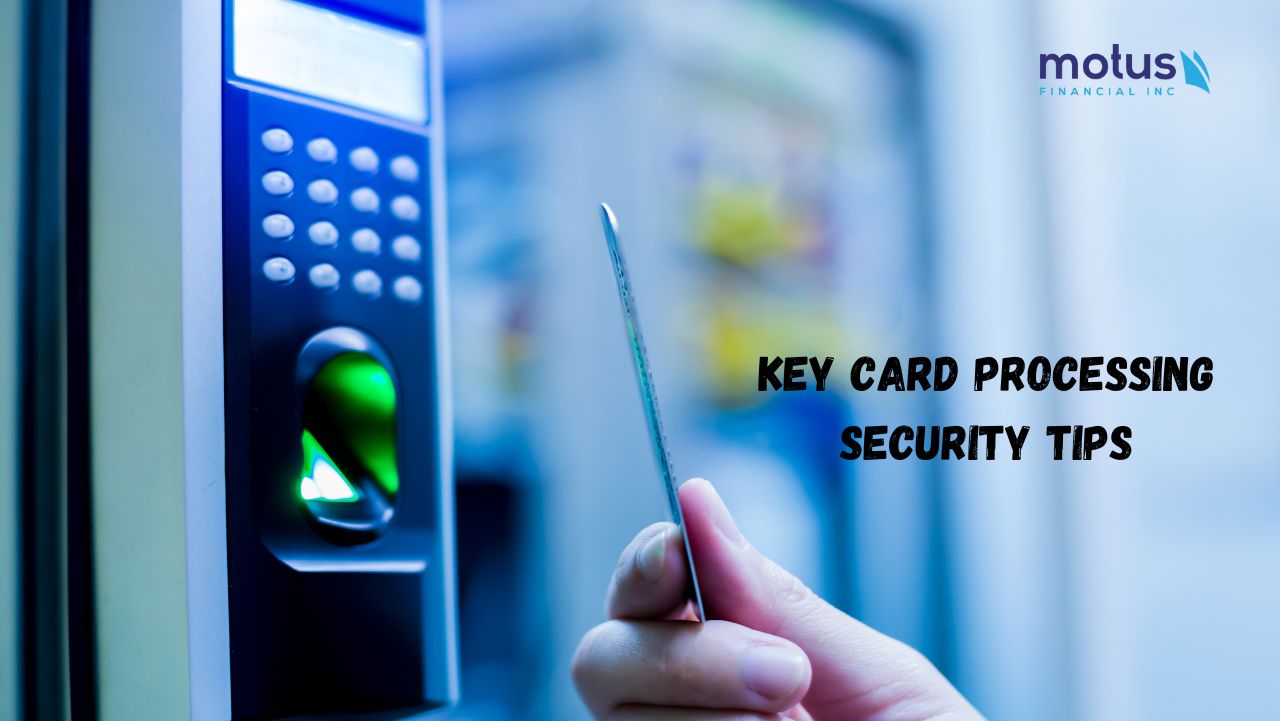
1. Use Secure Payment Gateways
A secure payment gateway encrypts customer data during transactions, making it nearly impossible for cybercriminals to intercept. Choose a trusted payment processor with robust security protocols, such as PCI DSS compliance and tokenization.
2. Enable Multi-Factor Authentication (MFA)
Multi-factor authentication adds an extra layer of security by requiring users to verify their identity through multiple methods. This reduces the risk of unauthorized access, even if login credentials are compromised. Examples of MFA include using a password and a one-time code sent to a mobile device.
3. Regularly Update Software and Systems
Outdated software is vulnerable to cyberattacks. Ensure your card processing systems and related software are always up-to-date with the latest security patches. Schedule routine maintenance to address potential vulnerabilities.
4. Train Employees on Security Best Practices
Employees are often the first line of defense against cyber threats. Conduct regular training sessions to educate staff about recognizing phishing attempts, securing workstations, and handling sensitive information responsibly. Empower employees to report suspicious activities immediately.
5. Monitor Transactions for Suspicious Activity
Use advanced analytics tools to detect unusual transaction patterns. These tools can help identify fraudulent activities early and mitigate potential losses. For example, sudden spikes in transaction volume or multiple declined attempts may indicate fraud.
6. Limit Access to Card Processing Systems
Restrict access to card processing systems to only authorized personnel. Implement role-based access controls to ensure employees have access only to the information necessary for their job roles. Regularly review and update access permissions to align with changing responsibilities.
7. Implement End-to-End Encryption (E2EE)
End-to-end encryption ensures that cardholder data remains encrypted throughout the entire transaction process. This prevents unauthorized access, even if data is intercepted during transmission.
8. Conduct Regular Security Audits
Routine security audits help identify and address vulnerabilities in your card systems. Engage third-party security experts to conduct comprehensive assessments and provide actionable recommendations.
9. Secure Wi-Fi Networks
Many businesses overlook the importance of securing their Wi-Fi networks. Ensure your network is password-protected, encrypted, and hidden from public view. Avoid using public Wi-Fi for card processing transactions.
10. Comply with PCI DSS Standards
The Payment Card Industry Data Security Standard (PCI DSS) outlines best practices for card processing security. Compliance ensures your business adheres to industry standards and minimizes the risk of data breaches.
Read it also:- Choosing the Right Credit Card Processing Solution for Your Small Business in 2025
Key Features of a Secure Card Processing System
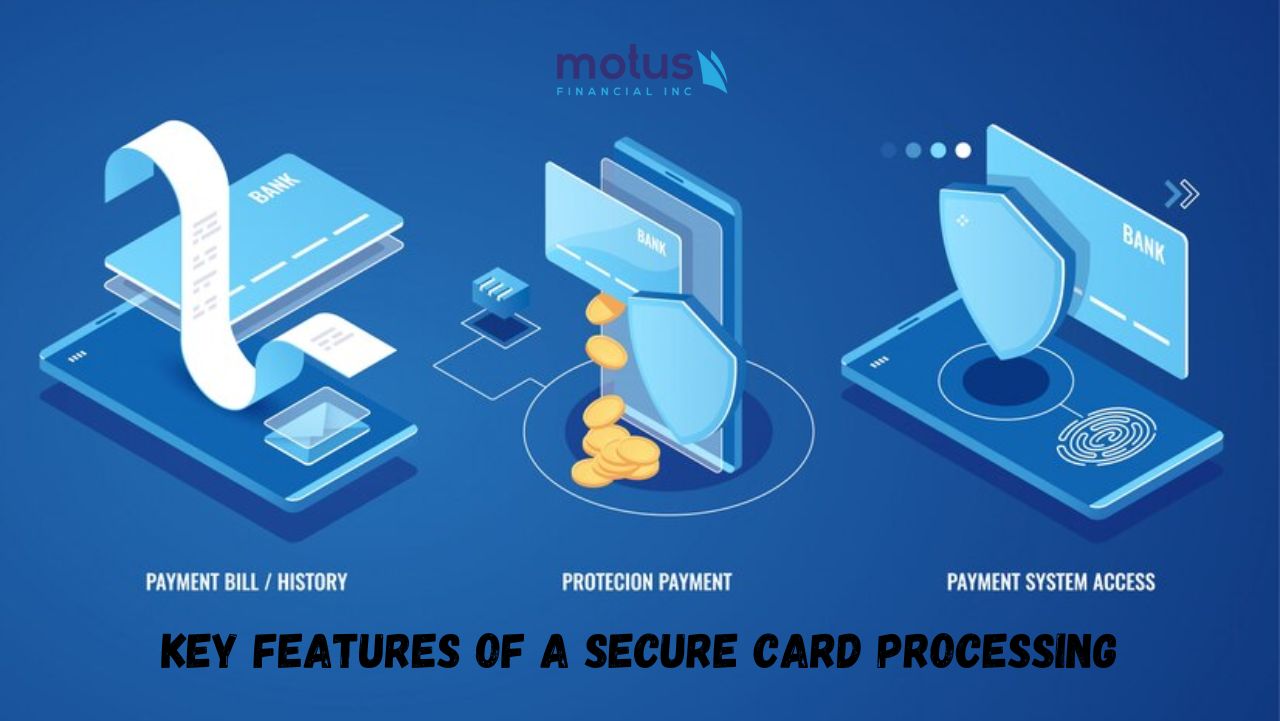
| Feature | Description |
|---|---|
| Encryption | Converts sensitive data into unreadable code for security. |
| Tokenization | Replaces card details with unique tokens for transactions. |
| Fraud Detection Tools | Identifies and prevents fraudulent activities in real-time. |
| PCI DSS Compliance | Ensures adherence to industry security standards. |
| Real-Time Monitoring | Tracks transactions and flags suspicious activities instantly. |
Benefits of a Secure System
- Protects customer trust and loyalty.
- Reduces financial and reputational risks.
- Ensures compliance with regulatory requirements.
GMB Integration for Card Processing Security Awareness
Motus Financial is committed to helping businesses secure their card processing systems. By leveraging Google My Business (GMB), we ensure our clients have access to up-to-date resources, expert consultations, and the latest security tools. Visit our GMB profile to explore reviews, updates, and contact details for personalized assistance. Through our GMB platform, we share regular updates on industry trends and best practices for securing digital transactions.
Advanced Tools for Enhanced Card Processing Security
Fraud Prevention Tools
Modern fraud prevention tools leverage artificial intelligence (AI) and machine learning (ML) to detect anomalies in transaction patterns. These tools can:
- Identify suspicious activities in real-time.
- Flag transactions from high-risk regions.
- Block transactions from compromised accounts.
Data Tokenization
Tokenization replaces sensitive card details with unique tokens, which are meaningless to hackers. This ensures that even if data is intercepted, it cannot be used for fraudulent purposes.
Secure Mobile Payments
As mobile payments become more popular, securing mobile card processing platforms is vital. Use apps and devices with built-in security features, such as biometric authentication and encryption.
Building Customer Trust Through Security
When customers know their data is secure, they are more likely to trust and engage with your business. Display security certifications and provide transparent communication about the measures you’re taking to protect their information.
Conclusion
Securing card processing systems is not just a compliance requirement but a business imperative in the digital age. By adopting best practices, leveraging advanced technologies, and educating employees, businesses can protect their operations and build customer trust. A secure card system not only safeguards your business but also ensures a seamless and safe experience for your customers.
Contact Us
Motus Financial is here to support your business with secure and reliable solutions. Contact us today to learn more about our services.





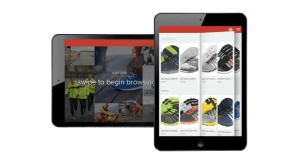
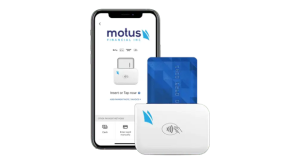
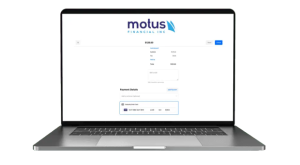
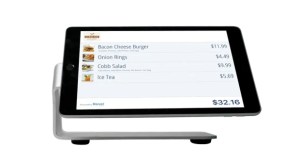 Our POS systems are designed to streamline in-store transactions. With features like inventory management, sales reporting, and customer tracking, our POS solutions help you run your business more efficiently. Our terminals are compatible with various payment methods, including chip cards, contactless payments, and mobile wallets.
Our POS systems are designed to streamline in-store transactions. With features like inventory management, sales reporting, and customer tracking, our POS solutions help you run your business more efficiently. Our terminals are compatible with various payment methods, including chip cards, contactless payments, and mobile wallets.